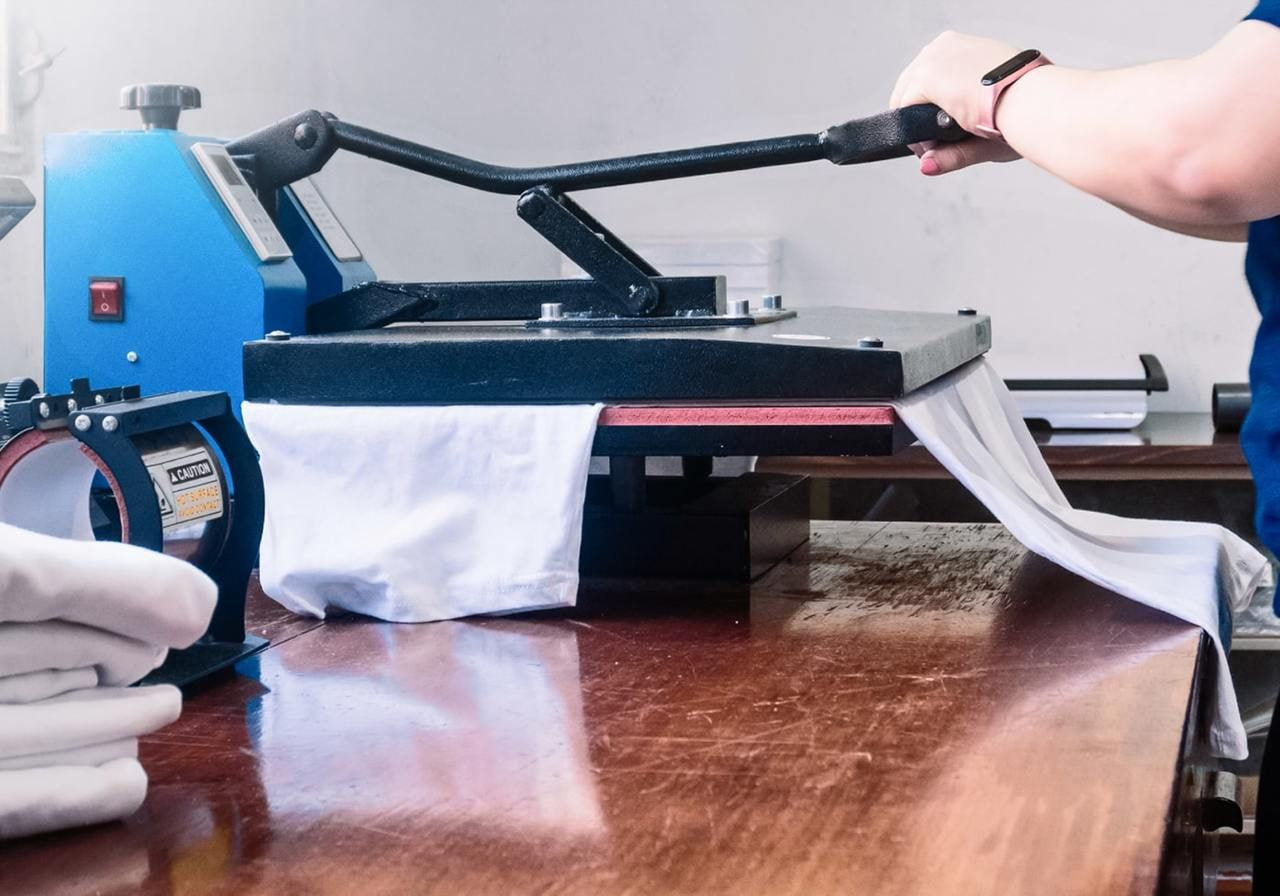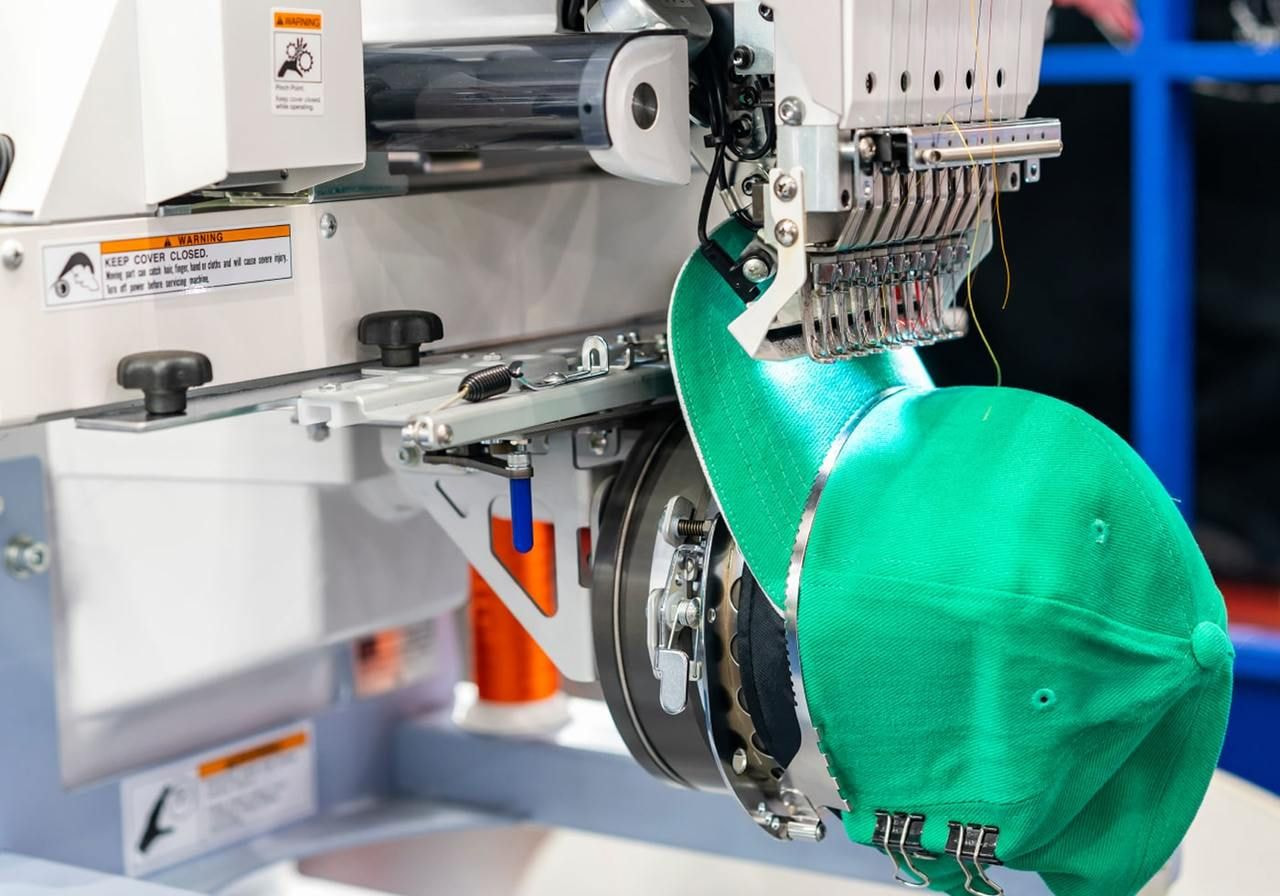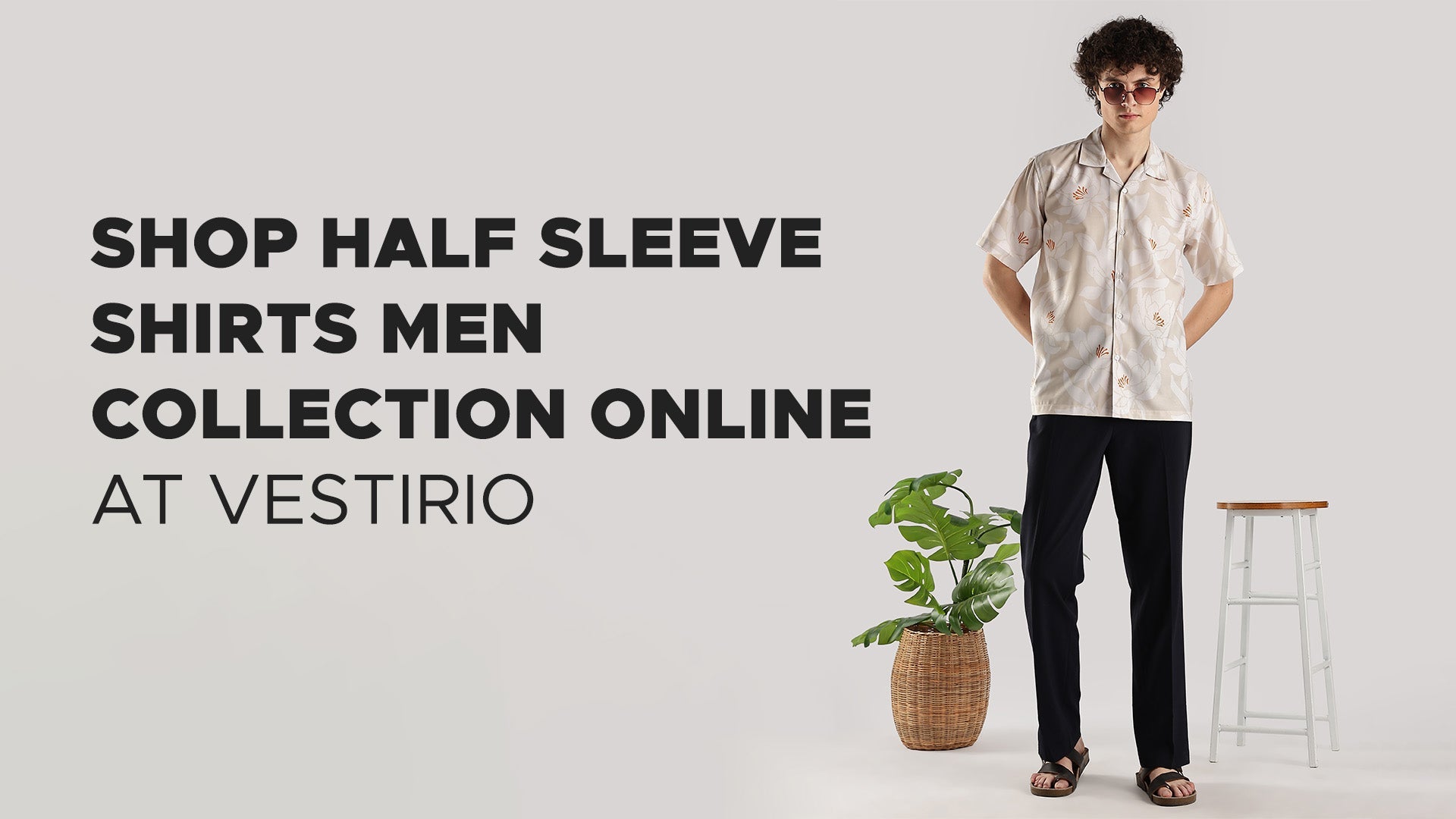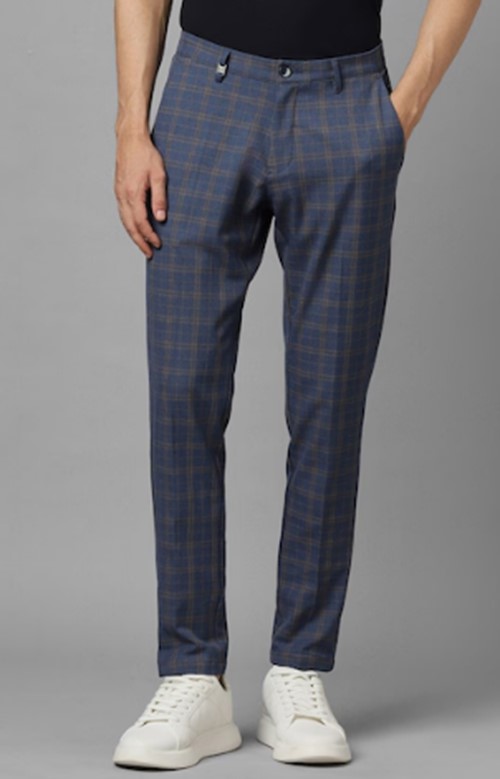5 Leading custom printing methods for bulk orders
September 12, 2025 | by deven.khatri@gmail.com

5 Leading printing methods for bulk orders

Bulk screen printing
Screen printing is the most established printing method for bulk t-shirt production. The screen printing process involves creating stencils (screens) for each color and pressing water-based inks or plastisol through the mesh directly onto fabric. This makes it ideal for custom t-shirts with bold, simple graphics.
Best for: Large runs of custom apparel like t-shirt lines, uniforms, promotional wear, and custom merchandise, where designs use limited colors.
Result and durability: Prints come out bold with vibrant colors, sharp edges, and a slightly raised texture. It’s one of the best high-volume printing solutions, lasting through dozens of washes with minimal fading.
Pros
-
Extremely cost-effective at scale (perfect for bulk t-shirt printing)
-
Long-lasting, sturdy prints
-
Excellent for bold logos and solid color designs
Cons
-
Slow and expensive initial setup
-
Not suited for complex designs or gradients
-
Limited flexibility for short runs
Feel and products: The design sits on top of the fabric with a noticeable texture. Traditional screen printing works best on cotton and cotton blends, making it the go-to option for wholesale custom t-shirts.
DTG (direct-to-garment) printing
DTG printing is a modern technique that uses a specialized DTG printer to print directly onto fabric. Unlike traditional screen printing, direct-to-garment supports unlimited color combinations and fine detail.
Best for: Custom t-shirt printing with detailed artwork, gradients, and colorful designs. Meant for brands that want sample print runs or bulk DTG printing with multiple design variations.
Result and durability: DTG produces soft-to-touch, high-quality prints with excellent detail. They’re washable and reliable, though less durable than the screen printing method.
Pros
-
Excellent for complex designs and photo-quality graphics
-
Ideal for short to medium runs with many variations
-
No setup screens required
Cons
-
Slower than screen printing for huge runs
-
Limited to cotton and other natural fabrics
-
Higher per-unit cost for thousands of t-shirts
Feel and products: Because the inks soak into the fibers, DTG feels smooth and lightweight. It shines on 100% cotton t-shirts – ideal for branded apparel lines needing intricate designs and different printing methods across collections.
Sublimation printing
Sublimation printing (a.k.a. dye sublimation) uses sublimation ink and special transfer paper to embed designs into polyester fibers. Heat and pressure turn the ink into gas, bonding it directly with synthetic fabrics.
Best for: All-over designs on polyester t-shirts, sports jerseys, performance wear, and promotional items like mugs or phone cases.
Result and durability: Produces permanent, vibrant colors that never crack or peel. Designs become part of the fabric, creating lightweight, breathable, and durable prints.
Pros
-
Seamless all-over printing
-
Extremely long-lasting with no added texture
-
Perfect for colorful designs and photographic detail
Cons
-
Limited to synthetic fabrics (polyester)
-
Not effective on cotton or dark garments
-
Requires light fabrics for good results
Feel and products: Because the print fuses with the material, there’s no extra layer – you only feel the shirt. A popular shirt printing technique for sports uniforms, event gear, and creating personalized items at scale.
Heat transfer and vinyl printing
Heat transfer printing uses a heat press to apply designs from special transfer paper or vinyl sheets onto fabric. Vinyl printing specifically uses cut vinyl pieces that adhere under heat and pressure.
Best for: Small to medium runs of custom t-shirts, names and numbers on jerseys, limited-edition custom designs, and personalization.
Result and durability: Heat transfer vinyl printing produces bold, opaque designs on top of the fabric with a smooth or textured finish. Considered a durable printing method, though heavy washing may cause peeling or cracking over time.
Pros
-
Excellent for short runs and creating personalized items
-
Works on cotton, polyester, and blended fabrics
-
Handles multi-color and photographic prints
Cons
-
Less profitable for high-volume orders
-
Thicker feel than digital printing or DTG
-
May peel or crack with frequent washing
Feel and products: These t-shirt printing methods leave a slightly raised, plasticky finish, depending on the vinyl. Perfect for sports gear, promotional tees, and custom apparel for businesses needing name or logo variations.
Embroidery

Embroidery for bulk orders is a timeless decoration method where threads are stitched directly into fabric using automated machines. Unlike other t-shirt printing techniques, it creates a textured, premium look.
Best for: Polo shirts, caps, jackets, and custom apparel where durability and brand elevation matter more than fine detail.
Result and durability: Designs are physically stitched into the garment, creating highly lasting prints, making embroidery one of the most durable printing methods.
Pros
-
Long-lasting, professional appearance
-
Adds premium value to branded apparel
-
Works well on thicker materials and structured garments
Cons
-
Higher cost than other custom t-shirt printing methods
-
Not suitable for detailed or colorful artwork with gradients
-
Less ideal for lightweight t-shirts
Feel and products: Embroidery adds texture and dimension. Best for polos, hats, hoodies, jackets, and high-end custom apparel businesses. While not the best printing method for bulk orders, it’s unbeatable for upscale custom merchandise.
Conclusion
There’s no single best printing method for bulk orders. Each of the leading shirt printing methods – from dye sublimation to heat transfer printing to custom embroidery – has wins depending on design, material, cost, and volume.
By comparing factors like durability, turnaround, and feel, businesses can identify the right solution to match their goals, budgets, and timelines while ensuring their prints meet expectations at scale. Partnering with Printful makes it easier, with access to multiple shirt printing methods, bulk discounts, and fulfillment support for orders of any size.
RELATED POSTS
View all



